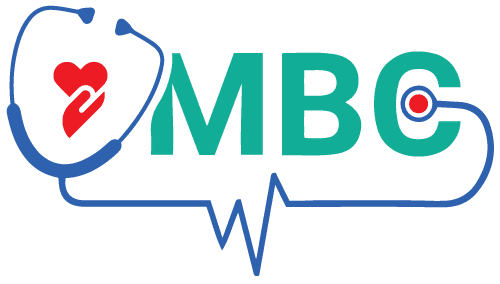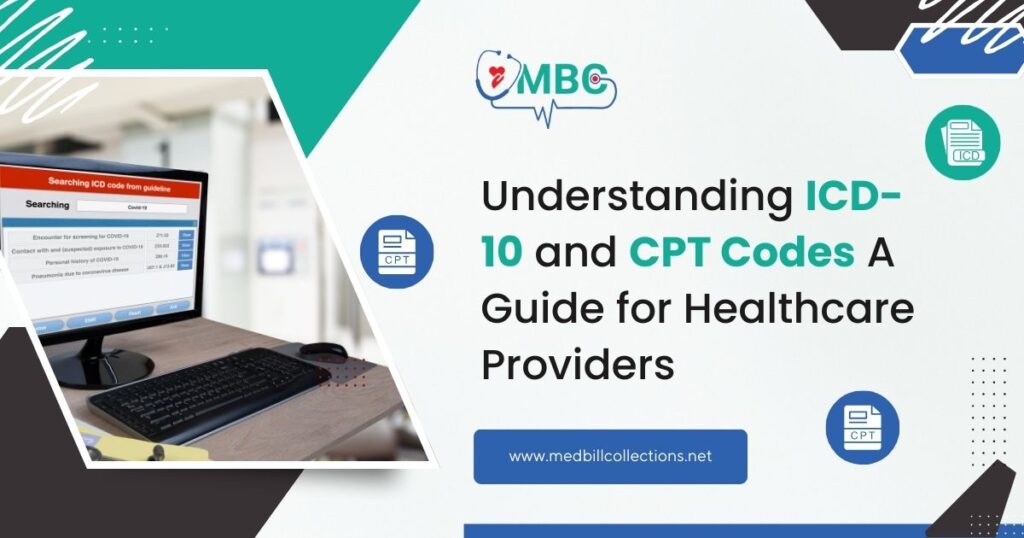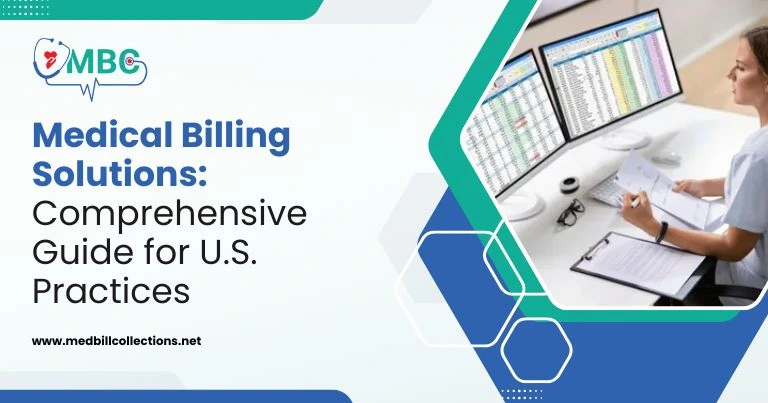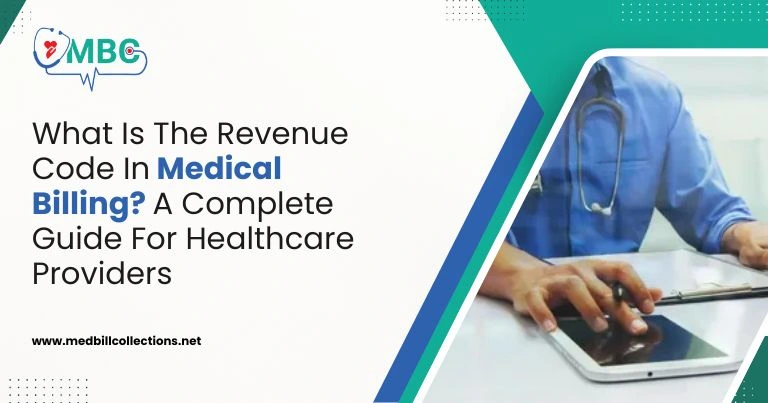Upkeep of the billing of hospitals, reimbursement, and patient care has been determined by accurate medical coding since the beginning of the ever-changing scenarios of health care situations. Coding successfully is not simply a matter of regulatory knowledge but rather a skill required to support efficient operation and financial status for healthcare providers.
This article targets both the beginner and the advanced individual by fully elucidating everything one needs to know about the ICD-10 and CPT coding systems in an easily understood manner.
What Are ICD-10 and CPT Codes?
Going into specificity now, having some simple 101 would help. ICD-10 and CPT codes are standardized systems being used for classifying and documenting medical diagnoses, procedures, and services. They may be different, but work together to give a complete picture of patient care.
ICD-10 Codes: The Language of Diagnoses
The International Classification of Diseases, 10th Revision, abbreviated ICD-10. The World Health Organization (WHO) provides this system, and the providers use it to classify and code diseases, symptoms, and health conditions. In the United States, the ICD-10-CM (Clinical Modification) version is specifically designed for outpatient and inpatient diagnoses.
In other words, the ICD-10 codes are the “what” of medical coding, answering questions such as:
- What condition is the patient suffering from?
- What symptoms can be seen?
- What are the causes of the illness?
These codes are alphanumeric; they have between 3 and 7 characters; the first 3 digits provide the generalized diagnosis in question.
CPT Codes: The Language of Procedures
Current Procedural Terminology (CPT), under the auspices of the American Medical Association (AMA), is a code set that represents information about medical, surgical, and diagnostic procedures and services. The providers of the United States primarily use these codes for billing and insurance claim filling.
CPT codes answer the “how” and “what” of procedures:
- How did the doctor take care of the patient?
- What services were provided during the visit?
For example, CPT code 99213 denotes an office visit for an established patient that is in the realm of low medical decision-making. Five digits long, CPT codes are updated yearly based on advancements in medicine and technology!
Why Are ICD-10 and CPT Codes Important?
Accurate coding is more than just a bureaucratic necessity—it’s a cornerstone of effective healthcare delivery. Here’s why these codes are important:
Efficient Billing and Reimbursement
ICD-10 and CPT codes are the basis of medical billing and coding. Moreover, these codes guarantee that healthcare providers receive timely and accurate payment for their services. Wrong coding or incomplete information will lead to a claim denial, late payment, and possibly a lawsuit.
Better Patient Care
Fine coding allows healthcare providers to track the conditions, treatments, and outcomes of patients over a period. This information is critical to developing individualized treatment plans and improving other overall quality of care.
Compliance Issues
The use of proper codes is a guarantee of compliance with federal and state regulations, including those applicable to Medicare, Medicaid, and various private insurers. Non-compliance could lead to an audit, a hefty fine, and a tarnished reputation.
Decision-Making with Data
ICD-10 and CPT codes provide a goldmine of healthcare data that researchers, public health initiatives, and policymakers can use. If coding is not done accurately, the resulting data would lack any value and could even make the real situation more incomprehensible.
How to Use ICD-10 and CPT Codes Effectively
To best master the art of medical coding, a keen eye must supplement knowledge for detail and a willingness to pursue continual education. Here are a few tips for healthcare providers that can allow for a more effective implementation of ICD-10 and CPT codes:
Staying Up-to-Date
Much like ICD-10, updated coding guidelines are issued fairly often, and the attendance of adverse training sessions could clinch the currency factor.
Be Specific
A high level of specificity is a must when it comes to ICD-10 codes. Instead of an all-purpose code for diabetes, a specific code with relevance to the complications or manifestations is required. This enhances accuracy and, almost definitely, reimbursement.
Check Your Work
Coding errors do cost dollars. Always recheck your codes before sending them off for the claim. You can minimize errors even more by possibly employing coding software or consulting certified medical coders.
Know Payer Requirements
Insurance companies may have slightly different coding requirements. Know the policies of the larger payers to keep claims from being denied.
Document, Document, Document
Good coding does not happen without good documentation. Patient records should hold all facts on any diagnosis, procedure, and treatment that is relevant; thus, assigning the right codes becomes an easier task.
Common Challenges in Medical Coding
Coding poses challenges even for the most seasoned healthcare providers. Some common pitfalls to watch for are:
Code Overlaps
Sometimes, determining whether to code a condition or procedure under ICD-10 or CPT is difficult. For example, a diagnostic test may require both CPT codes for the procedure and an ICD-10 code for the diagnosis.
Too Many Changes
Keeping abreast of the annual changes in CPT codes and such sporadic ones for ICD-10 is nothing short of an avalanche. But it is very much necessary to keep up for the sake of avoiding errors.
Complicated Nature of ICD-10
With over 70,000 codes, ICD-10 is quite intimidating. The system focuses on specificity, and this means that the coder will have to pay very close attention to details such as laterality (left versus right) and episode of care (initial versus subsequent).
Denied Claims
Even a slight variation in coding can trigger a denial of the claim, which could disrupt cash flow and become an administrative nightmare. The coder should be able to identify the rules that led to the denial and rectify them as quickly as possible.
Final Thoughts
Understanding ICD-10 and CPT codes is an essential prerequisite for health providers who wish to render quality care that is provably financially viable. Although these systems may be difficult, they ultimately serve as instruments of greater accuracy, efficiency, and opportunities for patient outcome enhancement.
Consequently, informed and equipped with resources and new technology, medical practitioners master the art of medical billing and coding California and therefore survive in an ever-changing profession. These codes will benefit physicians, nurses, or anybody else involved in health for years to come. After all, accurate code assignment is where precision begins in the world of healthcare.







